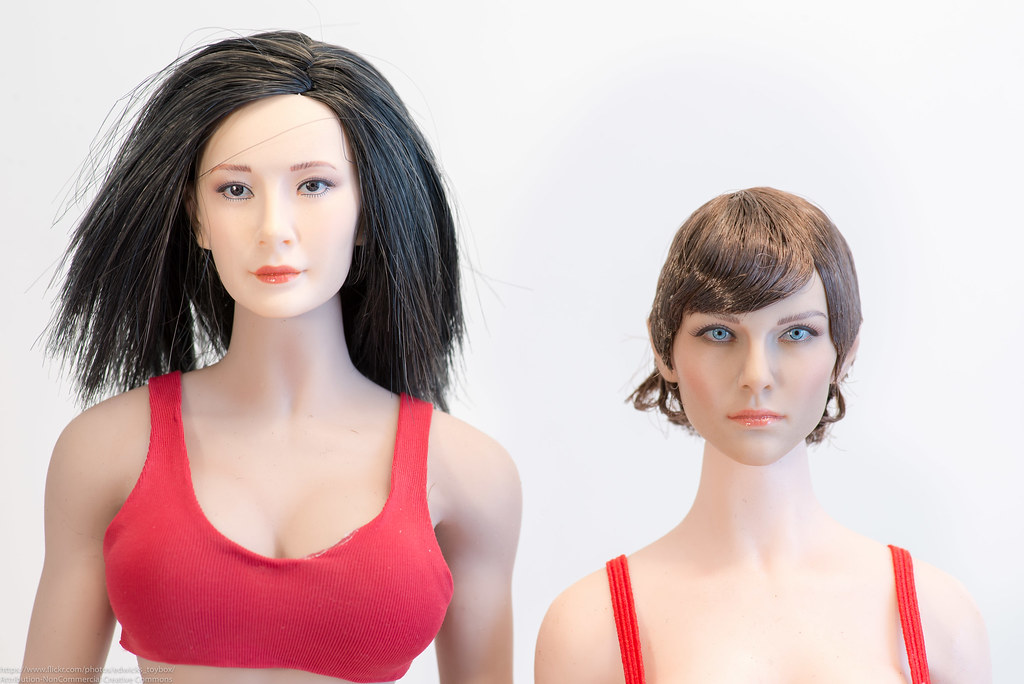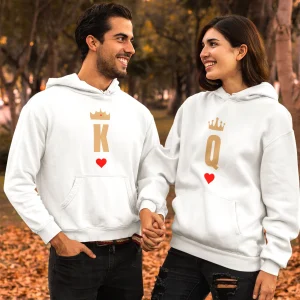
When it comes to makeup, skincare, and fashion, one of the most crucial aspects is achieving the perfect skin tone match. Whether you’re selecting foundation, concealer, or clothing, understanding your skin tone can make a world of difference in how products perform and how you feel in them. In this guide, we’ll explore the basics of Skin Tone matching, tips for identifying your undertones, and how to find the right shades for your complexion.
Understanding Skin Tones
Skin tones generally fall into three categories: cool, warm, and neutral. Each category has its unique characteristics that can help you choose the right products.
- Cool Undertones: If your skin has a pink, red, or blue hue, you likely have cool undertones. People with cool skin tones often have fair or light complexions but can also have deeper shades. Cool undertones tend to look best in silver jewelry and colors like blue, purple, and emerald green.
- Warm Undertones: Those with warm undertones usually have a golden, yellow, or peachy hue to their skin. Warm-toned individuals often look better in gold jewelry and earthy colors like orange, yellow, and warm browns.
- Neutral Undertones: If your skin doesn’t lean strongly toward cool or warm, you may have neutral undertones. This means you can wear a wide variety of colors and might find that both silver and gold jewelry complement your skin.
How to Identify Your Skin Tone
Identifying your skin tone can be done through several simple methods:
- The Vein Test: Look at the veins on the inside of your wrist. If they appear blue or purple, you likely have cool undertones. If they look greenish, you have warm undertones. If it’s hard to tell, you may be neutral.
- The White Paper Test: Hold a piece of white paper next to your face in natural light. If your skin appears more yellow or golden compared to the paper, you have warm undertones. If your skin looks more pink or rosy, you have cool undertones.
- Jewelry Test: Consider which type of jewelry looks best on you. If you prefer silver, you likely have cool undertones, while gold is more flattering on warm tones.
Finding the Right Makeup Shades
Once you’ve identified your skin tone and undertones, it’s time to choose the right makeup shades. Here are some tips:
- Foundation: Select a foundation that matches your skin tone as closely as possible. Test it on your jawline to see how it blends with your neck. Always test products in natural light for the most accurate match.
- Concealer: For under-eye concealer, choose a shade that is slightly lighter than your foundation. For blemishes or spots, match your concealer to your foundation.
- Blush and Lip Colors: Warm undertones often look great in coral, peach, and warm reds, while cool undertones can rock shades of pink, berry, and blue-reds. Neutral tones can experiment with both!
Choosing Clothes that Complement Your Skin Tone
Beyond makeup, your clothing colors can enhance or detract from your natural beauty. Here are some tips for selecting colors based on your skin tone:
- Cool Undertones: Opt for colors like navy, lavender, ice blue, and emerald green. These shades will bring out the best in your complexion.
- Warm Undertones: Look for earthy tones like mustard, olive green, warm reds, and browns to enhance your glow.
- Neutral Undertones: Feel free to mix and match from both palettes, but pay attention to the intensity of the colors; softer shades often look more flattering.
Conclusion
Understanding your skin tone is essential for making informed decisions about makeup and fashion. By identifying whether you have cool, warm, or neutral undertones, you can choose the right shades that enhance your natural beauty. Remember, the most important thing is to wear what makes you feel confident and comfortable in your skin. Happy matching!






